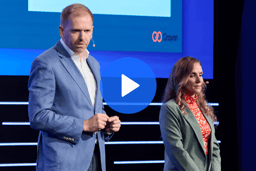As Travis Perkins’ David Crooks, Enterprise Architect, describes the journey, the work of “getting everything in one place” had already begun with the plumbing and heating project.
“The finance and other back-end systems we catalogued for plumbing and heating was actually a clone of what Travis Perkins used as their main ERP platform. What’s more, of the 280 or so core apps used by plumbing and heating, something like 260/270 were shared with Travis Perkins. So, we had already done a lot of the heavy lifting before embarking on the wider project.”
LeanIX thus served as the system of record for the organization’s diverse IT assets. This brought standardization – including creating a common understanding of what different components were called – but also provided transparency around users and ownership. To achieve the same level of standardization on the process front, Travis Perkins needed to change how they had done things historically.
“We had used diagramming tools for process modeling in the past,” Matt said, “which creates a nice picture, but it’s just a picture. We wanted a model with the data underpinning it – telling us, for example, who owned what applications – so we could do some proper analysis.”
The close integration of LeanIX and SAP Signavio gave Travis Perkins the unified view of their IT and process landscapes, based on a shared pool of data, to support the analysis requirements.
As part of an earlier ERP transformation project, Matt and his team had already created diagrams of all the processes involved. They also created a spreadsheet with 45,000 cells containing all the relevant data for these diagrams. While this allowed others to analyze the data, it meant a lot of extra effort went into maintaining two separate sources of truth.
To solve this problem, Travis Perkins turned to SAP Signavio, allowing them to house process models and process data in the same location. And since LeanIX already featured close integrations with SAP Signavio, process data could be easily supplemented with enterprise architecture data. As a result, everyone could quickly understand not only which applications were used in which process, but also who owned and used these applications.
The combination of LeanIX and SAP Signavio has also allowed Travis Perkins to map technology and processes to business capabilities. Thanks to the sheer number of brands under the Travis Perkins umbrella, the business capability map at Travis Perkins is incredibly complex. The good news is that, by “triangulating,” as Matt put it, Travis Perkins can now ensure that the connections between business capabilities, technology, and processes make sense, simplify the connections where possible, and build on a foundation of data they trust.
Of course, settling on a process modeling tool was just the first step. As it turned out, information about processes at Travis Perkins was fragmented. So, Matt and his team set about doing process discovery, running workshops with business stakeholders to map out processes. This involved not only understanding processes at a base level, but also understanding the wider scope of each process in terms of a broader ecosystem of processes, applications and data sources feeding into it.
This process itself was very revealing because it highlighted where there were “black boxes,” so to speak, in existing processes – places where business stakeholders themselves didn’t completely understand where data came from or went.
Ultimately, by establishing a system of record around process, technology, and business capabilities, Travis Perkins has made true IT modernization actionable. As Matt explained, “It’s hard to move to a better operating model if you don’t know what you’re actually doing or how things work today.”
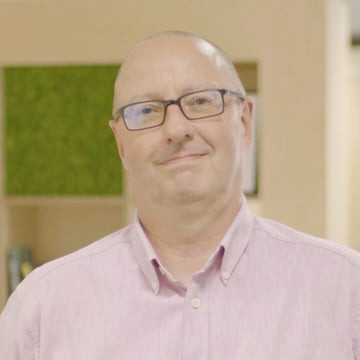
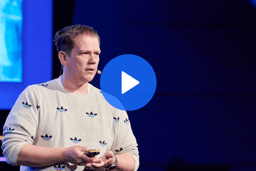
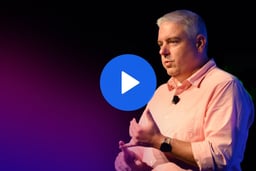
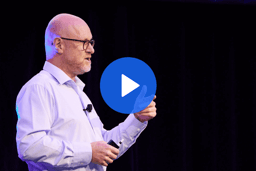
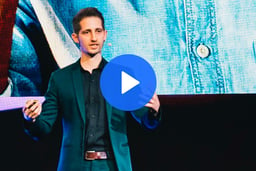
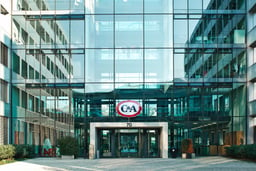
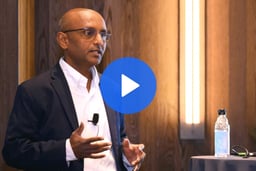
/EN/Success%20Stories/resource-page-thumbnail-Compass.jpg?width=260&height=171&name=resource-page-thumbnail-Compass.jpg)
